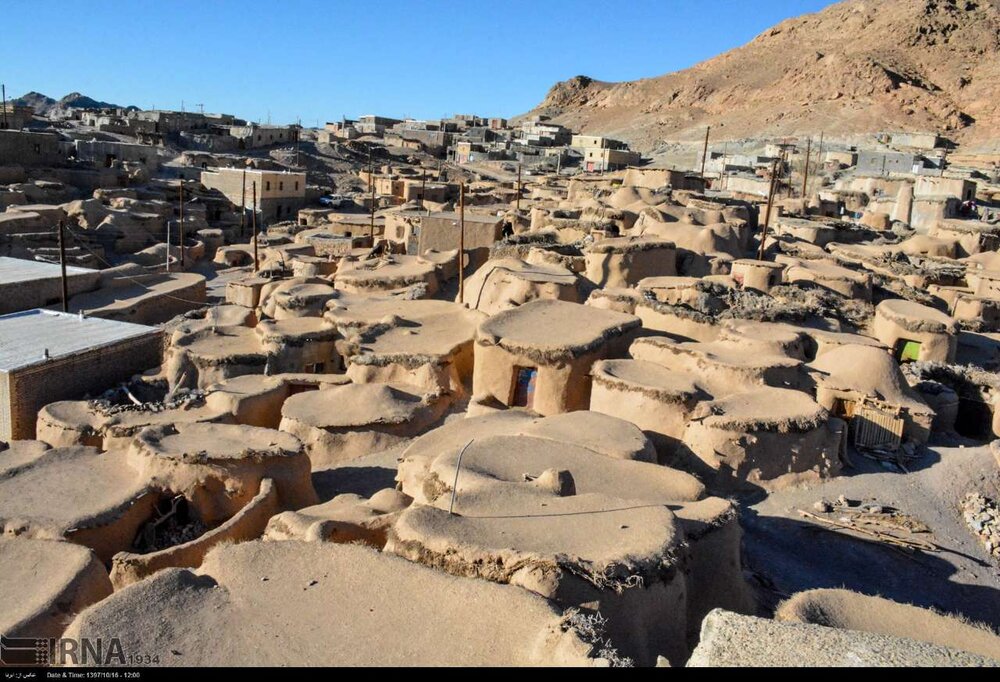Another restoration season comes to end on Iran’s ‘Lilliput’

TEHRAN – The fourth season of restoration work has recently been completed on the mysterious village of Makhunik, which is commonly known as the country’s ‘Lilliput’.
In this season, wall plastering, strengthening the walls, repairing the roofs, and applying thatched facades were completed with a credit of 1.5 billion rials (about $36,000 at the official rate of 42,000 rials), Makhunik tourism chief Hadi Haqpanah said on Tuesday.
He went on to say that the restoration work started four years ago and some 4 billion rials (about $95,000) has been spent so far in this regard, IRNA reported.
Many experts say that the unique architecture of the village and its historical background are still untapped potentials for tourism.
Over the past couple of years an average of 1,000 foreign nationals visited the village annually, Haqpanah noted.
Situated on an easternmost point of the Iranian soil, in Sarbisheh county, near the border with Afghanistan, Makhunik was inhabited by people of very short stature until about a century ago. Currently, it is home to roughly 200 adobe dwellings many of them are of exceptionally low height.
That’s why it is sometimes referred to as nostalgic ‘Lilliput’, an imaginary country inhabited by people about 15 cm tall as being described in Irish author Jonathan Swift’s “Gulliver's Travels”.
Makhunik’s architecture is dominantly characterized by exceptionally low-height houses with narrow doorways most of which cannot be entered without stooping down. The adobe village used to suffer from isolation and barren terrain which made architecture and animal breeding challenging carriers.
In 2005, Makhunik appeared in the news as a mummified body measuring 25cm in length was unearthed. It widely fostered a belief that this remote region was once home to ancient dwarfs. Subsequent studies, however, concluded that the mummy was a premature baby who died some 400 years ago.
Nowadays, people of Makhunik are of average height as living standards improved in the region from the mid-20th century when the construction of roads and growing numbers of vehicles have lessened their isolation.
AFM/MG
